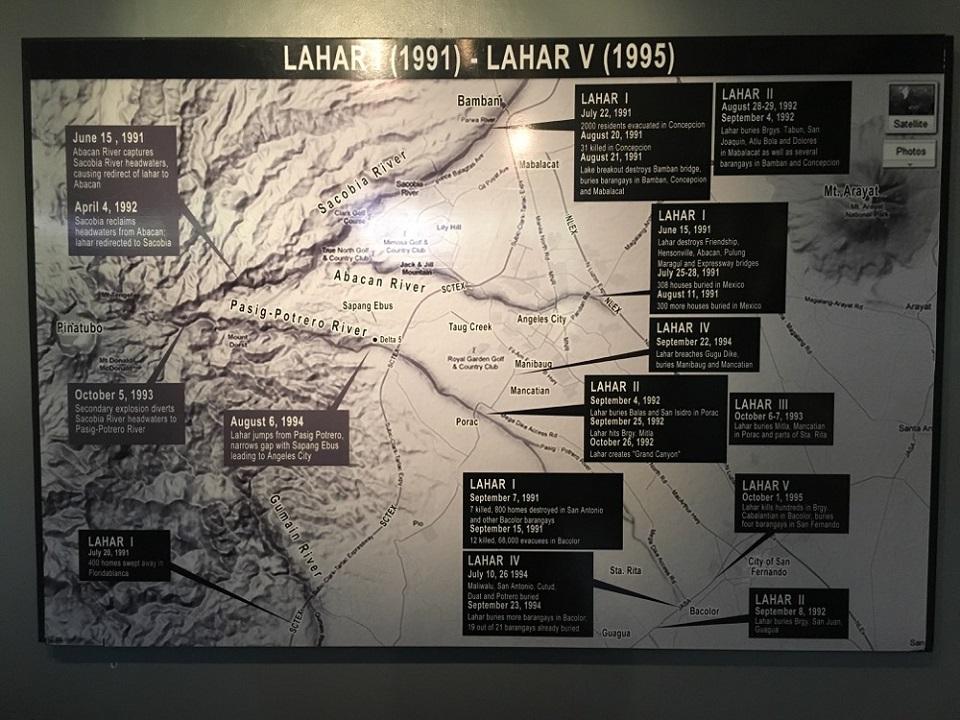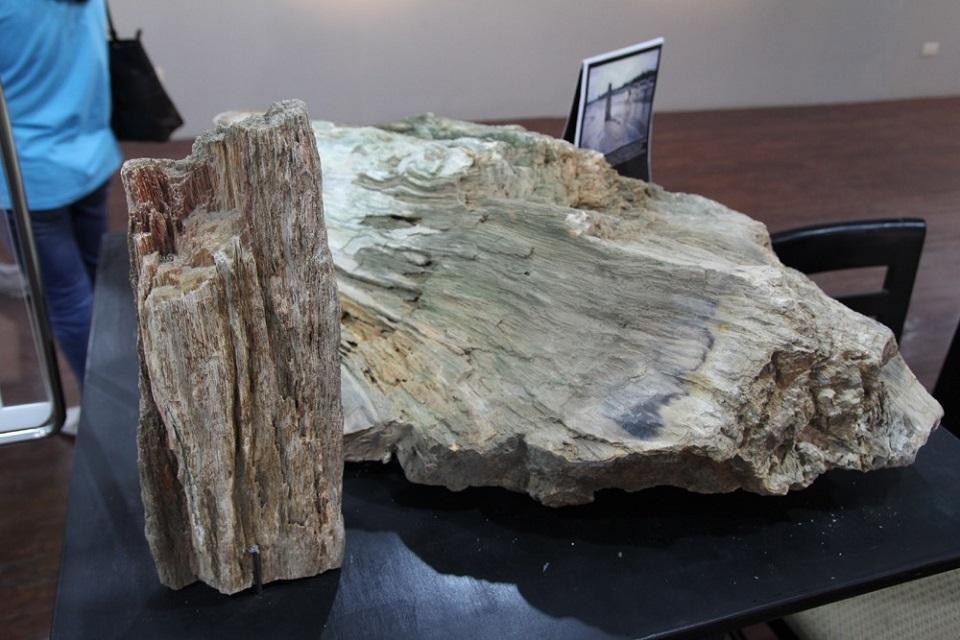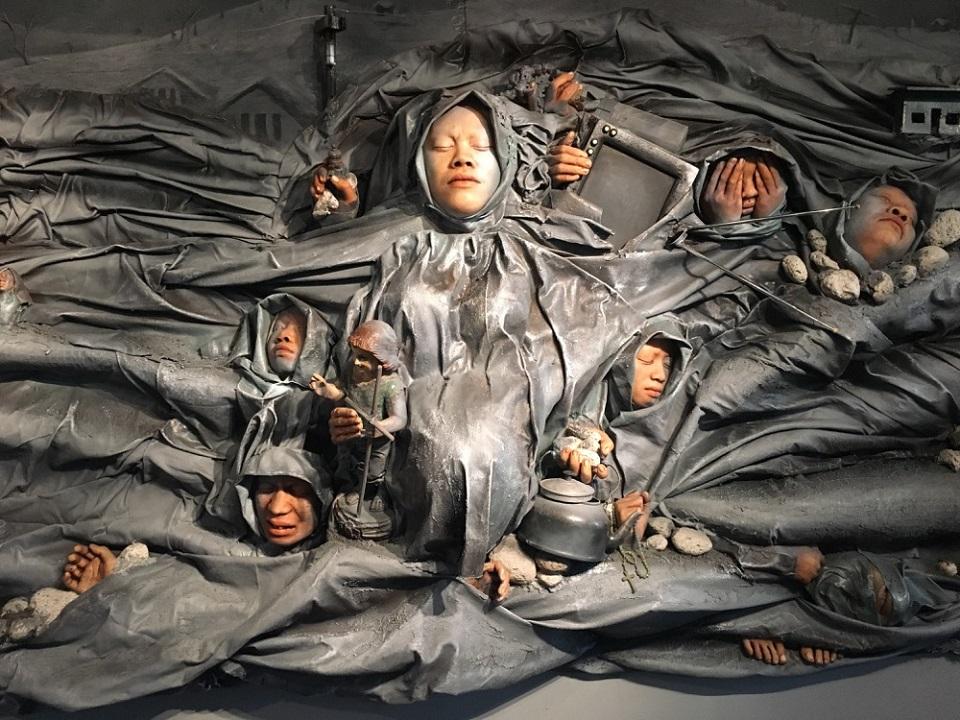A quick tour of the Mount Pinatubo Museum in Angeles, Pampanga
Twenty-five years ago, on June 15, 1991, I woke up to the loud sound of rain on our roof and the sight of grey ash blanketing everything I could see outside. A child then, I was of course delighted that school got cancelled. I did not understand the damage and carnage caused by the eruption of Mt. Pinatubo, the second largest volcanic eruption of the 20th century.
The three Central Luzon provinces surrounding Pinatubo—Zambales (west and south), Tarlac (north), and Pampanga (east)—took the heavy blows. Typhoon Diding was also in the vicinity, causing widespread floods, rain of sand, ash, and rocks, earthquake, and lahar. With days turned dark as night, the calamity even contributed to the lowering of global temperatures by 0.5°C from 1991-1993.

Despite the destruction of homes and the loss of hundreds of lives within Pinatubo’s surrounding areas, Filipinos have moved on and even learned how to turn the aftermath of the 1991 eruption into something that can be a source of livelihood. Guided tours to the resulting crater lake, Lake Pinatubo, has been a favorite trek of tourists for quite some time. Discharged sand, rocks, and other minerals are being used for construction and other activities.
To commemorate the 25th anniversary of the Mt. Pinatubo eruption, the Center for Kapampangan Studies of Holy Angel University in Angeles opened the Mount Pinatubo museum. I was fortunate enough to visit the museum and was amazed by the amount of information regarding the events that happened before, during, and after the eruption.


The museum includes a mural timeline chronicling the history of Mt. Pinatubo from centuries ago to the days leading to the June 15 eruption.
In another part of the museum is “Lumud” (Drown), a mural sculpture by Kapampangan artist Arnel Garcia that depicts families buried in lahar together with ordinary everyday items like TVs, bikes, electric fans, etc. It is both a chilling and gruesome reminder of the power of Mother Nature, and a testament to the resiliency and spirit of the Filipino.
Two pieces of wood, labelled as Pinatubo’s Petrified Trees, are located at the center of the room. The smaller, still-wooden tree trunk was buried twice: when Pinatubo erupted 3,000 years ago and 600 years ago, and was discovered during the 1991 eruption. The bigger, million-year-old tree piece is now solid rock and is actually much older than Mount Pinatubo itself.
Other exhibits and galleries adjacent to the Pinatubo Museum include the Vicente Manansala (National Artist of the Philippines for Visual Arts) Collection, and the multi-gallery Kapampangan Museum. — BM, GMA News
The Pinatubo Museum is in Holy Angel University on Sto. Rosario St., Angeles, Pampanga.



